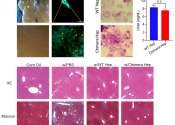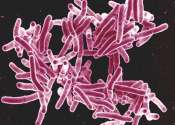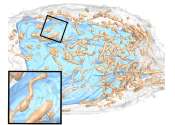Research finds genetic variation that could lead to increased risk of viral infections
A new study, led by Jesmond Dalli, professor of molecular pharmacology at Queen Mary University of London, has found that people with a genetic mutation that leads to a reduction in a protein called LGR6, found on the surface ...
14 hours ago
0
0









